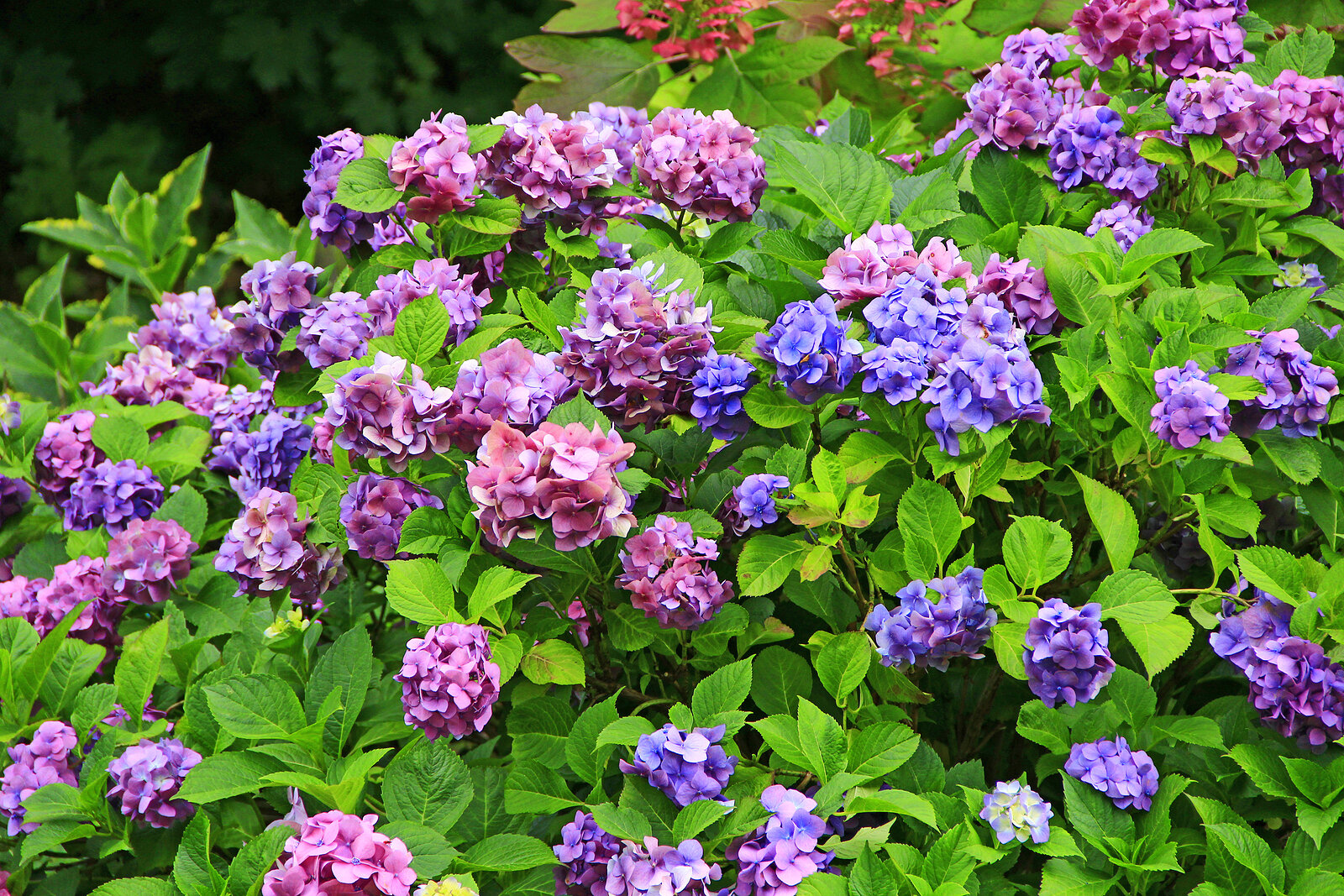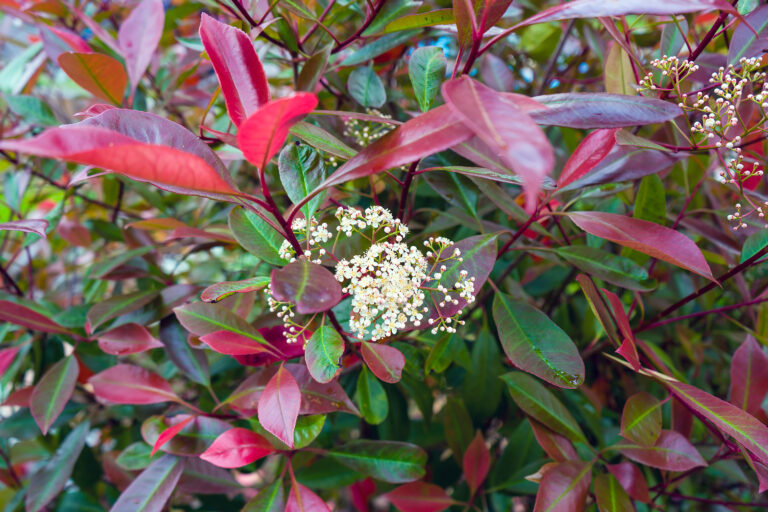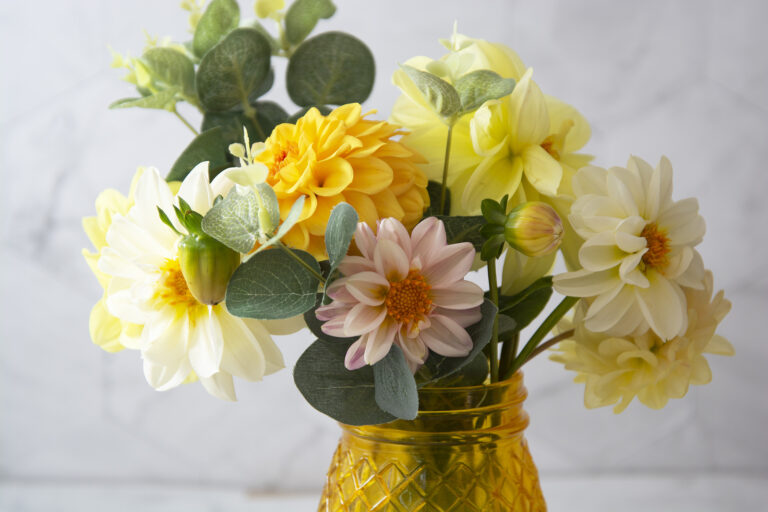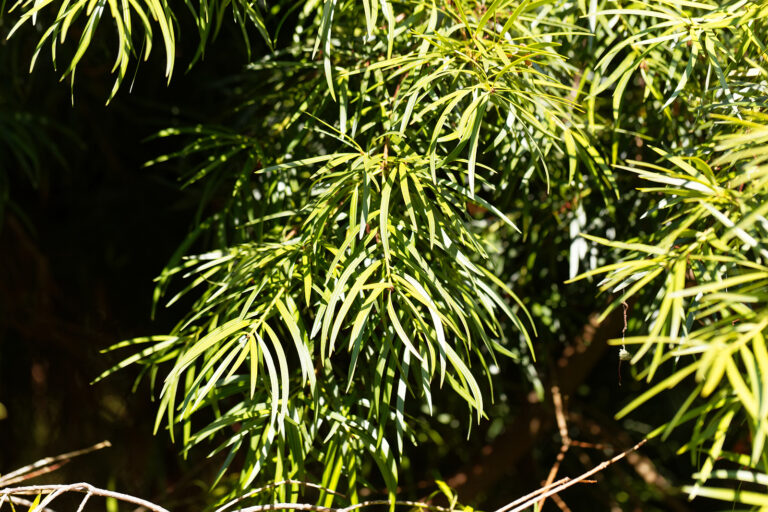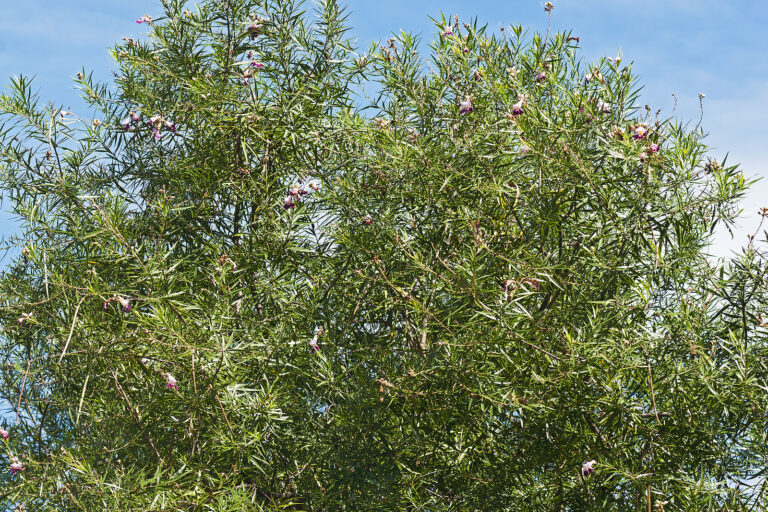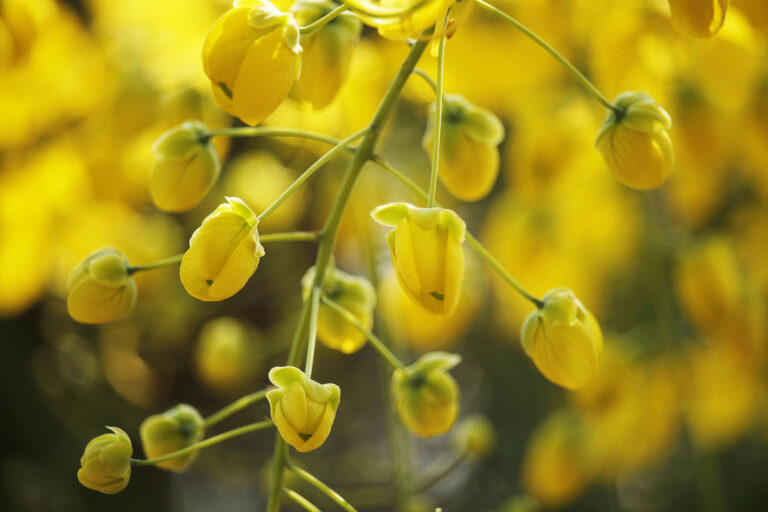Shrubs for Foundation Plantings
Foundation plantings are well-chosen plants that frame a building and tie it to the site and make it appear an intrinsic part of its environment. Foundation plantings are almost always shrubs that remain in the landscape for years.
Most often, shrubs that are evergreen are chosen for foundation plantings. Shrubs that do not lose their leaves work best to tie a building to the natural landscape. Foundation plantings can be used to hide a building’s foundation–thus the name, but this is not always the case.
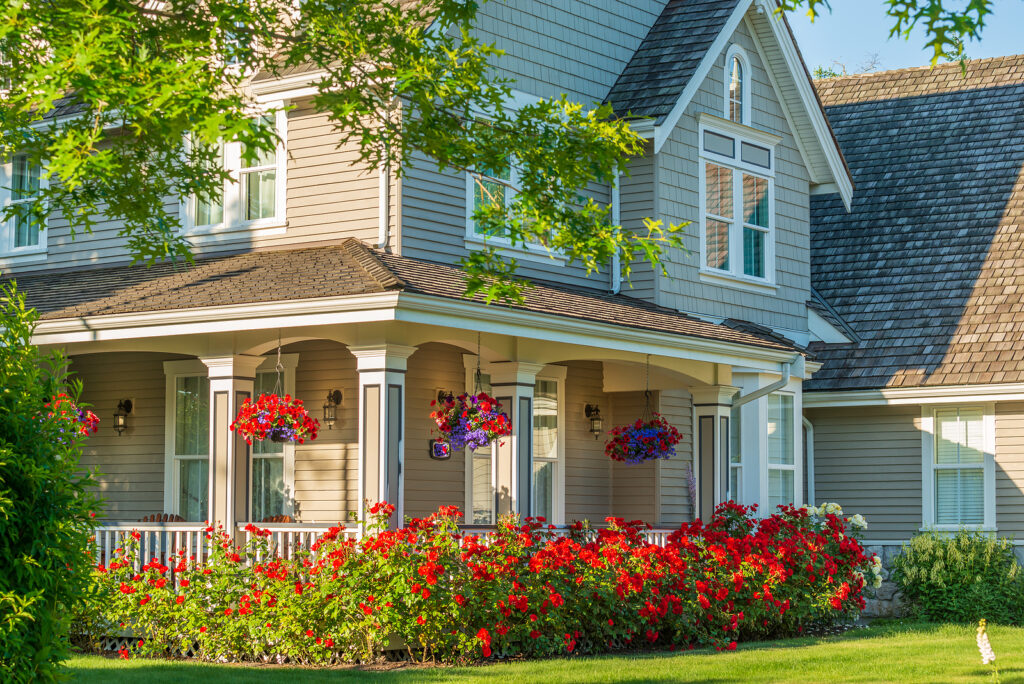
There are a few things to keep in mind when choosing foundation plants. First, the plants chosen should include both taller and shorter shrubs. Tall shrubs are commonly chosen first and are used at the corners. Medium-size and lower growing shrubs are then used to bring the planting mass down to the ground and outward from the building.
Foundation plants are commonly planted in mass. Plants chosen are not featured as specimens, but are planted as parts of the whole; it is the whole affect or picture that is important.
Generally, it is the outside corners of the building that furnish the starting point from which plantings advance along each of the walls. But it is not enough merely to set a row of plants from each corner each way along each wall. Instead, start at the corner with a group of plants pointing like an arrow from the corner outward. Never plant in straight rows anywhere along a foundation.
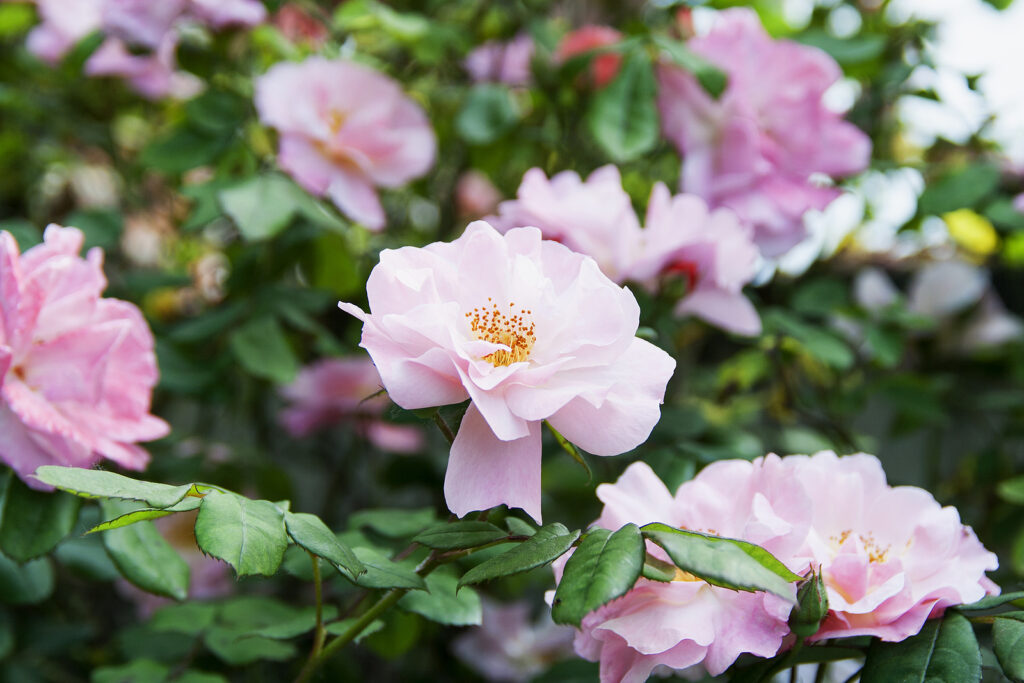
| A-C Common Name | Botanical Name | Zones |
| Abelia, glossy | Abelia x grandiflora | 6-9 |
| Arborvitae, Emerald | Thuja occidentalis ‘Emerald’ | 3-8 |
| Arborvitae, Little Giant | Thuja occidentalis ‘Little Giant’ | 3-7 |
| Acuba, Japanese | Aucuba japonica | 7-10 |
| Barberry, Japanese | Berberis thunbergii | 4-8 |
| Bayberry, northern | Myrica pensylvanica | 2-6 |
| Boxwoods | Buxus spp. | 6-9 |
| Burning bush, dwarf | Euonymous alatus ‘Compacta’ | 3-8 |
| Camellia, sasanqua | Camellia sasanqua | 7-9 |
| Currant, alpine | Ribes alpinum | 2-7 |
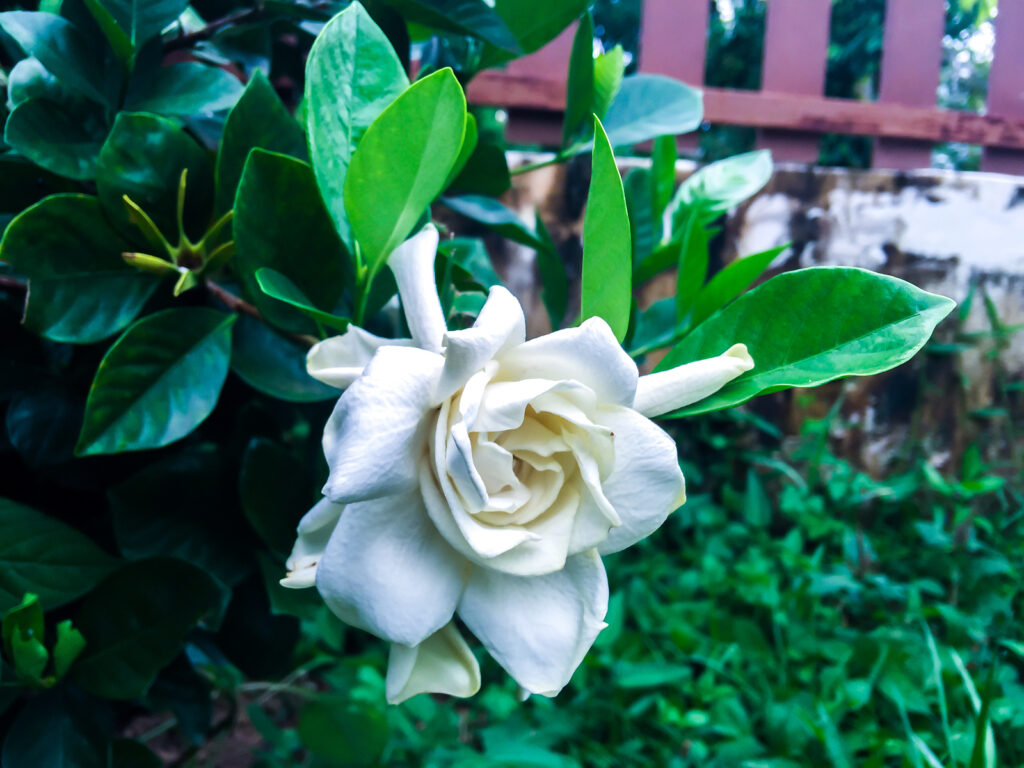
| D-J Common Name | Botanical Name | Zones |
| Dogwood, corneliancherry | Cornus mas | 4-8 |
| Dogwood, gray | Cornus racemosa | 4-7 |
| Fir, dwarf balsam | Abies balsamea ‘Nana’ | 3-6 |
| Fothergilla | Fothergilla spp. | 4-8 |
| Gardenia | Gardenia jasminoides | 8-10 |
| Hibiscus, Chinese | Hibiscus rosa-sinensis | 9-10 |
| Holly, compact Japanese | Ilex crenata ‘Compacta’ | 5-8 |
| Holly, low growers | Ilex spp. | varies |
| Hydrangeas | Hydrangea spp. | varies |
| Indian hawthorn | Rhaphiolepis indica | 8-10 |
| Junipers | Juniperus spp. | 4-8 |

| L-R Common Name | Botanical Name | Zones |
| Laurel, cherry | Prunus laurocerasus ‘Otto Luyken’ | 6-8 |
| Lilac, Korean | Syringia patula | 3-7 |
| Mountain laurel | Kolmia latifolia | 4-9 |
| Pittosporum, variegated | Pittosporum tobria ‘Variegata’ | 8-10 |
| Potentilla, shrubby | Potentilla fruticosa | 2-7 |
| Privet, Amur | Ligustrum amurense | 3-7 |
| Privet, golden vicary | Ligustrum x vicaryi | 5-8 |
| Rhododendrons, Azaleas | Rhododendron spp. | Varies |
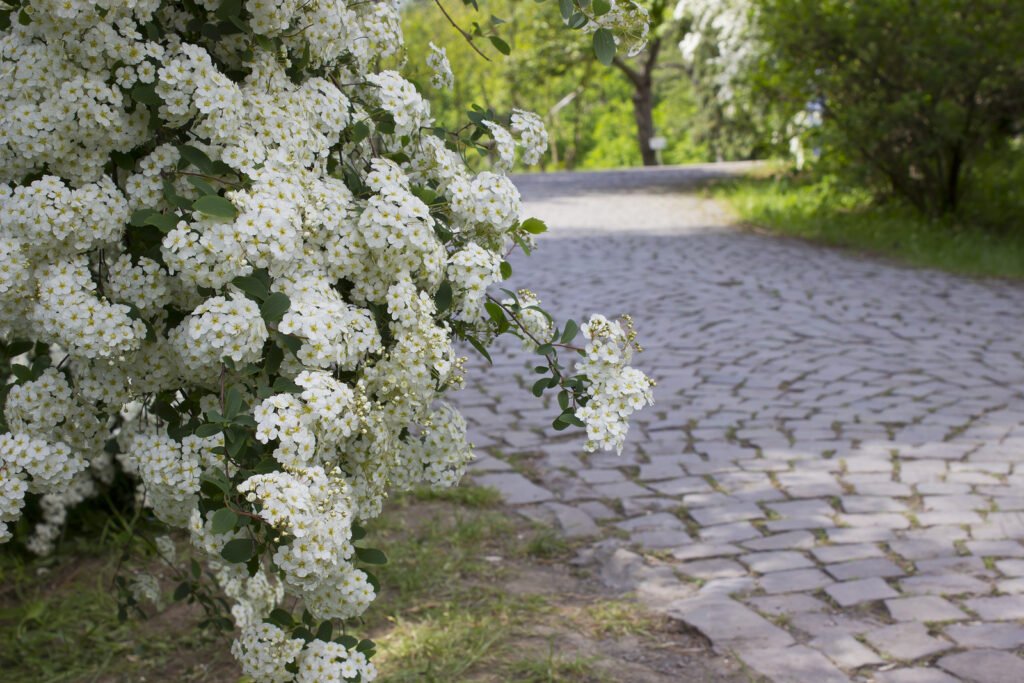
| S-Z Common Name | Botanical Name | Zones |
| Spirea, Limemound | Spirea japonica ‘Limemound’ | 4-9 |
| Spruce, dwarf Norway | Picea abies ‘Pumila’ | 3-8 |
| Viburnum, compact | Viburnum trilobum ‘Alfredo’ | 2-7 |
| Viburnum, Korean spice | Viburnum carlesii | 4-8 |
| Viburnum, Mohican | Viburnum lantana ‘Mohican’ | 4-8 |
| Witch hazel, common | Hamamelis virginiana | 3-8 |
| Yew, low growers | Taxus x media | 4-7 |
Also of interest:

